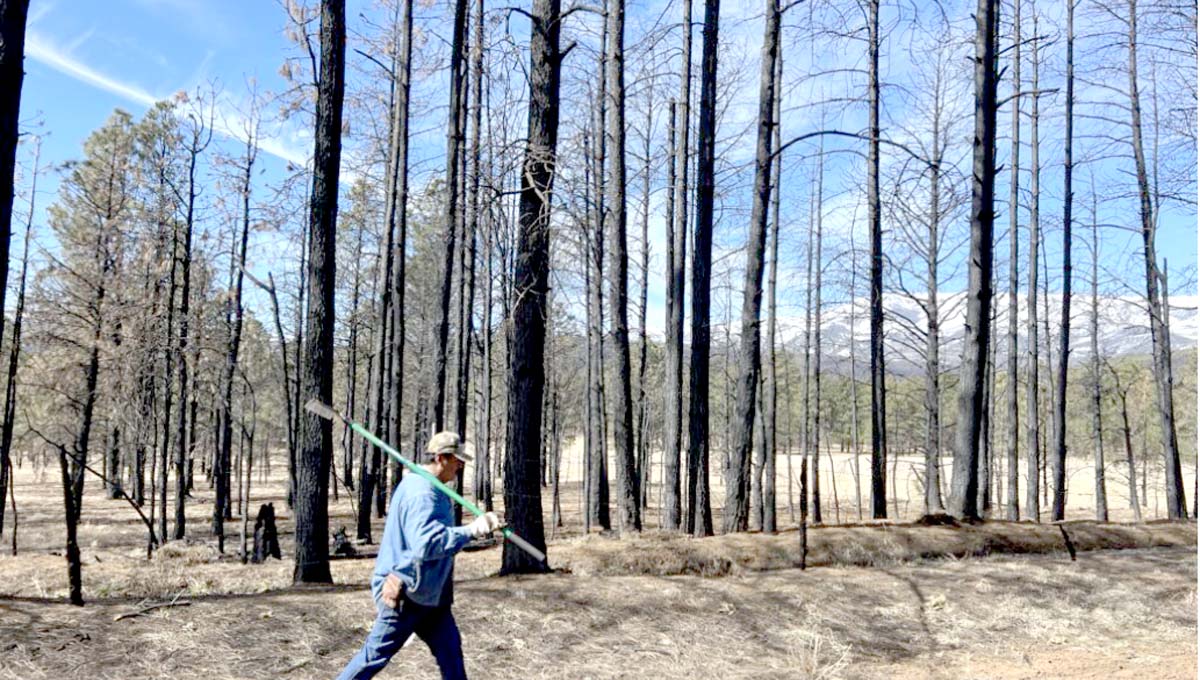Extreme weather events fueled by climate change are causing insurance premiums to skyrocket in some places across the United States.
A new report shows New Mexico and the Southwest sit at the center of the problem.
First Street Foundation, the nonprofit behind the report, estimates that roughly 39 million properties across the country are being underpriced by insurance companies for their climate risk.
That’s why some homeowners living in areas prone to natural disasters could see a significant jump in their rates. Like in southeast New Mexico’s Lea County, which is projected to see an 82.6 percent increase in structures destroyed by wildfire annually in the next 30 years –– the thirteenth largest increase in the entire nation.
Co-author of the report Jeremy Porter said it’s not a matter of if, but when the insurance bubble pops.
“People have these monthly expectations and if you see a 500, 400 percent increase in insurance, there are real, quantifiable consequences associated with that,” Porter said.
These warnings come amid trying times for insurance providers.
According to the credit rating agency AM Best, insurers recorded a $24.5 billion net underwriting loss in the first half of 2023, which nearly surpasses the $26.5 billion in losses recorded for all of 2022. The agency also views climate change as the single largest risk to the insurance industry.
California, Louisiana, and Florida are already seeing substantial increases in insurance premiums or companies flat-out refusing to offer coverage in risky areas.
While most people can still obtain insurance in the private market, some property owners in high-risk areas have had to turn to state-mandated insurers of last resort for their coverage. Specifically, here in New Mexico, this is called the F.A.I.R, or Fair Access to Insurance Requirements plan.


